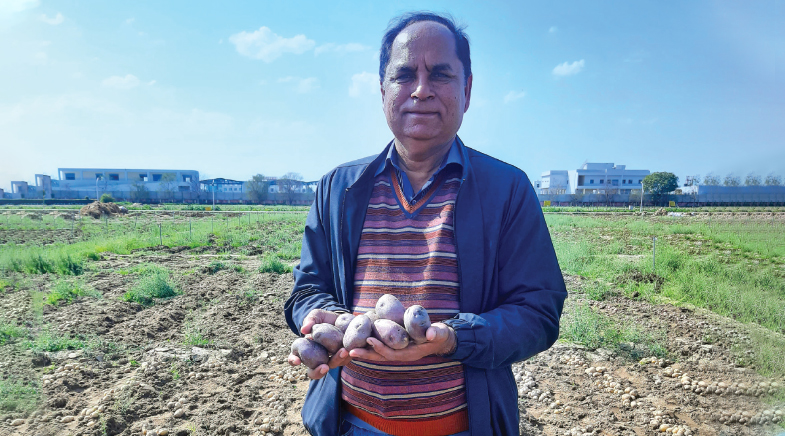Climate-altering move may hit Indian monsoon
-
- from Shaastra :: vol 01 issue 02 :: Mar - Apr 2022

Injecting sulphur dioxide (SO2) into the stratosphere - a proposed technique to tackle the effects of climate change - may adversely affect monsoon systems, according to a study.
Scientists have proposed several solar radiation modification (SRM) measures to limit the Earth's warming. One such method is to inject millions of tonnes of SO2 into the stratosphere from the Earth's surface. This measure aims at reflecting a part of the solar radiation back into space, and thus preventing it from falling on Earth.
About five years ago, using sophisticated computer models, scientists at the U.S. National Center for Atmospheric Research (NCAR) simulated the effectiveness of SO2 injections at seven different latitudes - the poles, 15° North, 30° North, the equator, 15° South and 30° South - to two different altitudes - 1 km and 5 km in the stratosphere.
Their modelling showed that injecting 12 million tonnes of SO2 annually to an altitude of 5 km in the stratosphere from the latitude of 15°N could reduce the global temperature by an average of 1.4° Celsius.
But the study - by Govindasamy Bala, a professor at the Indian Institute of Science (IISc), Bengaluru, and his post-doctoral student Krishnamohan K.S. - in the latest issue of Climate Dynamics says that such injections at 15°N may have serious implications for the Indian monsoon as it would reduce monsoon rainfall by as much as 21%.
"For a given rate of injection of SO2 at a specific height in the stratosphere, the amount of global mean cooling produced by these injections depends on the latitude of injection. For the 15°N injections, the global mean cooling produced is the maximum compared to injections at other latitudes, but the 15°N injection causes a large reduction in the Indian summer monsoon rainfall," Bala says.
The simulations carried out by Bala and Krishnamohan showed that if reflective aerosols were injected into the stratosphere over the northern hemisphere, the process would affect monsoon systems in the southern hemisphere - and the other way around if the injections are carried out in the southern hemisphere.
The scientists inferred that regional precipitation changes would occur due to factors such as a change in the global mean surface temperature, stratospheric warming due to radiative heating by aerosols and a shift in the position of the intertropical convergence zone (ITCZ), which is associated with heavy rainfall in the tropics.
The global mean surface temperature should not be the only factor when assessing the effectiveness of an SRM, Bala says. "A holistic approach that minimises the climatic disruptions in all regions should be used," he observes.
Have a
story idea?
Tell us.
Do you have a recent research paper or an idea for a science/technology-themed article that you'd like to tell us about?
GET IN TOUCH














